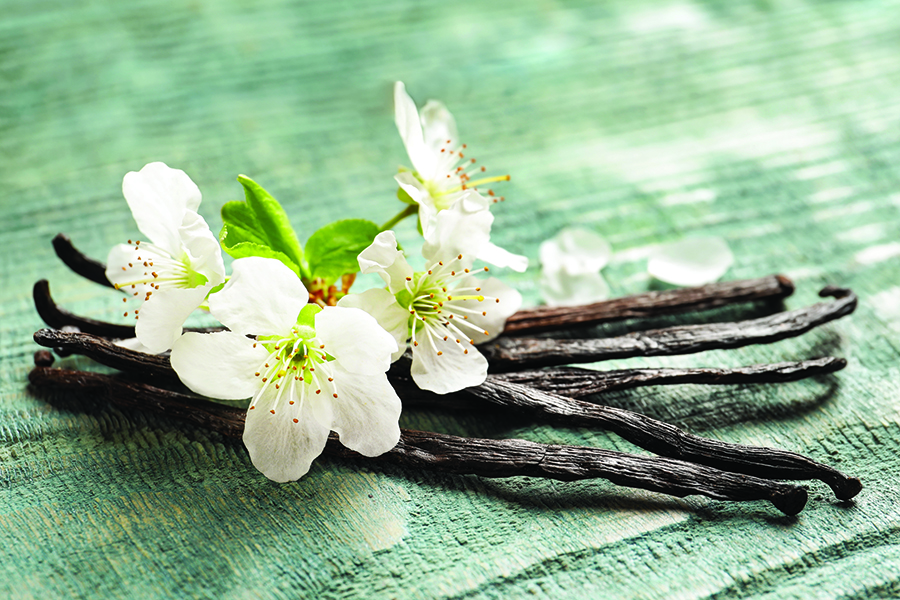Litigation around vanilla flavoring in food products is on the rise, said Jeni Lamb Rogers, attorney at PSL Law Group. During an SFA regulatory webinar last week, Rogers outlined the core issue of vanilla litigation and ways that makers can reduce risk.
According to Rogers, the main claim of these suits is that products that bear representations of vanilla (either through text or image) lead consumers to assume the product contains vanilla extract. However, when tested, many of these products do not contain vanilla extract, but rather, vanilla flavoring, which must be specified on the packaging.
This availability of product testing makes these types of lawsuits very easy for plaintiffs to file and very costly for food makers to defend. Rogers also noted that though litigation happens across the country, it has mainly been focused in California and New York.
Protecting Your Brand
Claims about ingredients are the highest risk, said Rogers, though makers should be wary about flavor claims, too. Both ingredient and flavor claims have their own set of labeling requirements and regulations.
Rogers suggested that the best way to reduce risk is to follow the FDA’s regulations around flavoring and ingredients. However, even if you are in compliance, there are rare occasions where a product may be found to be misleading, so Rogers recommended being familiar with how your product is in compliance with the applicable state and federal laws.
Related: What You Should Know About Prop 65 and Lead; What You Should Know About Acrylamide.

